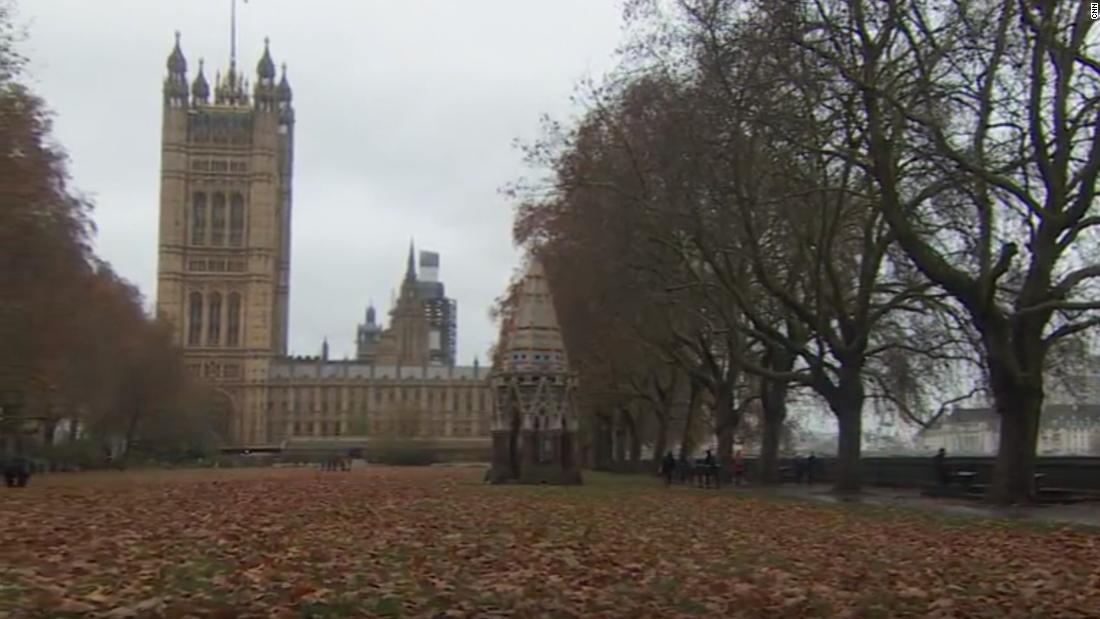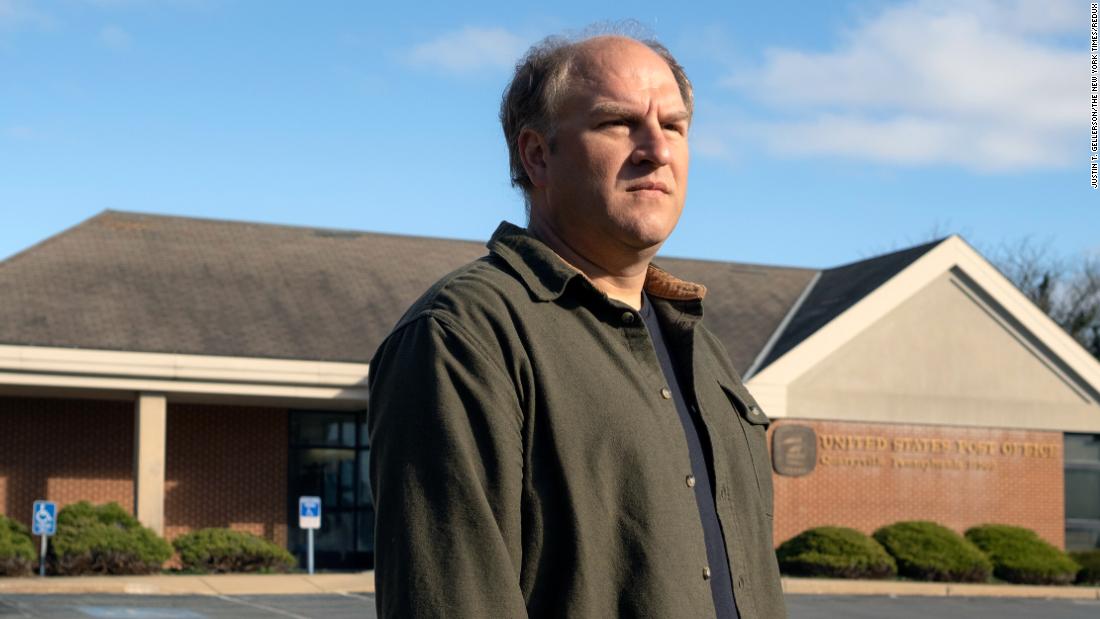A TINY village in south London was once home to what historians call “Britain’s Atlantis” – and used to be home to 5,000 people.
Historians call it “Britain’s Atlantis” but it would have remained lost to the sea if not for a fisherman who noticed something snagging at his nets over five decades ago.
The ruins of Duwich Church in SuffolkRex
Not known, clear with picture deskThe fall of the final medieval Dunwich Church[/caption]
A tiny village in south London was once home to what historians call ‘Britain’s Atlantis’
The snagging turned out to be the top of a church that had sunk almost a century before – which was later confirmed by marine archaeologist and diver Stuart Bacon.
The church he discovered – buried by the North Sea – became the start of what would turn out to be the discovery of a bustling city that most had believed was just a romantic tale in history.
THE STORY STARTS
Dating back as far as the Romans, Dunwich was a sprawling metropolis of merchants, sailors and soldiers.
In 1089 the Normans settled in the area and resurrected it from the Dark Ages.
It became the second-largest town in Suffolk and attracted visitors with three churches and growing maritime reputation.
By the 12th century, Duwich had only expanded, now boasting 19 churches as well as two hospitals and monasteries.
It was the largest port in Suffolk by 1242 and had long been governed by a mayor.
Rowland Parker, who wrote Men of Dunwich, described this period as Dunwich’s peak, as trade with Europe saw merchants become “richer and richer”.
They were doing business with Spain, France, Germany and Iceland.
The town specialised in trading wine, wool, salt and stone but their primary export were fishing goods.
It was recorded as the sixth-richest town in East Anglia by 1282 but tragically success began to dip rapidly.
Fierce storms ravaged the harbour in both the 1280s and 1320s which crippled the coastal communities and their operations.
Then in the wake of the horrific Black Death, which ripped apart households from 1348 to 1349, the town’s demise was propelled.
There was a brief glimmer of hope the area could retain its former glory in the 1400s, but this was squashed.
By the 19th century it was known as a “rotten borough”.
‘BRITAIN’S ATLANTIS’
In 1919, the All Saints Church and the land it stood on eroded away which saw the eerie structure become submerged beneath the waves.
A local legend claims the church bells can still be heard to this day if you listen at the right moment.
The concept of Britain’s Atlantis was, for a long time, doubted by those who lived near the mysterious area.
However, in 1970, Stuart Bacon invented technology that allowed the secrets of the sea to be uncovered, when divers couldn’t.
He discovered more of the famous church, a tomb, and a range of other structures that experts previously denied could be in existence.
The marine archeologist admitted he believed there were more buildings out there in what he dubbed the Lost City.
Bacon was proved right in 2008 when advanced sonar gadgets were able to detect more medieval ruins.
As reported by SkyHistory, Peter Murphy from English Heritage said: “Everyone was surprised […] by how much of the eroded town still survives under the sea and is identifiable.”
Despite much of the settlement being trapped under the seabed, experts currently estimate it used to cover the same size as London.
It is regarded as the world’s largest medieval underwater town wreckage site, found around 1,500metre from the shoreline.
In 1970 Stuart Bacon invented technology that allowed the secrets of the sea to be uncovered, when divers couldn’tRex
Ruins of Greyfriars friary, Dunwich, in SuffolkRex
Digital South/University of SouthamptonSonar images revealed the Dunwich settlement was as large as London[/caption] Published: [#item_custom_pubDate]













































































































